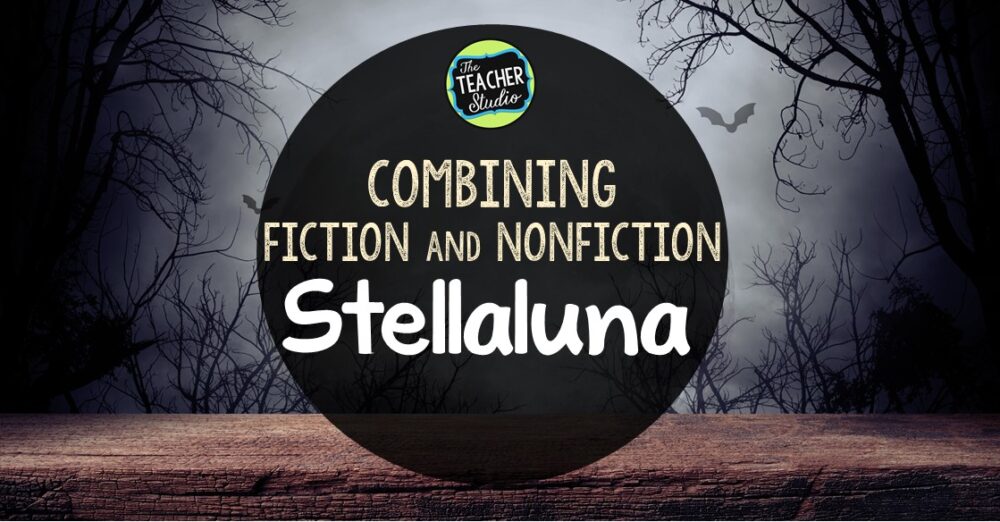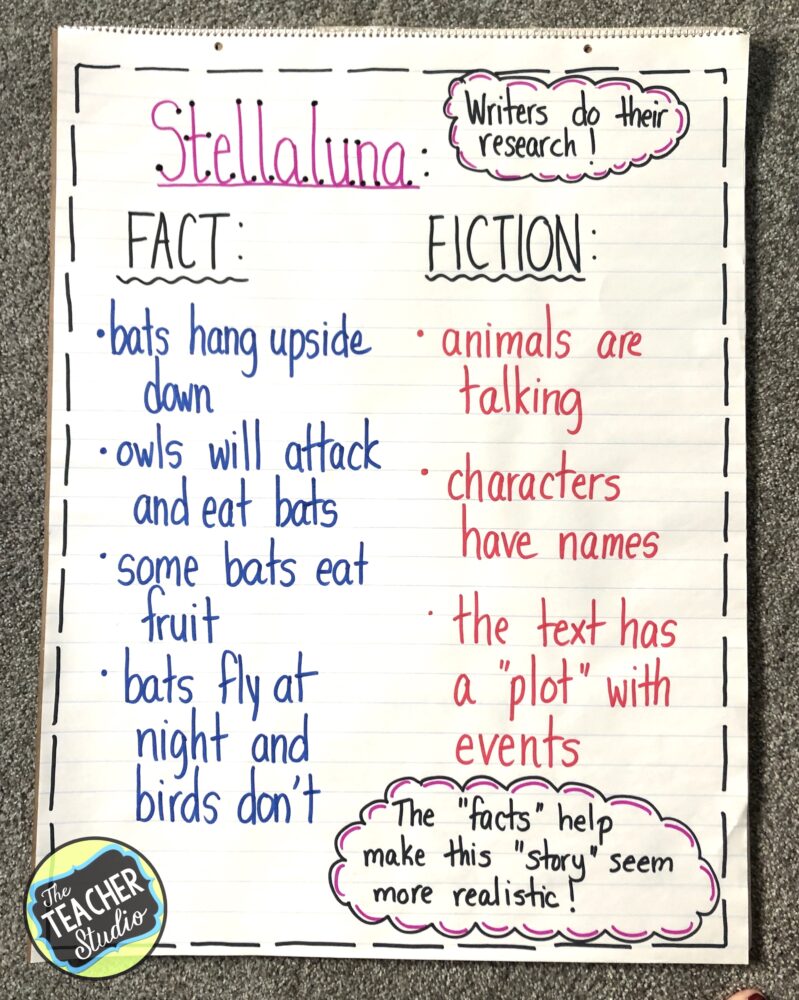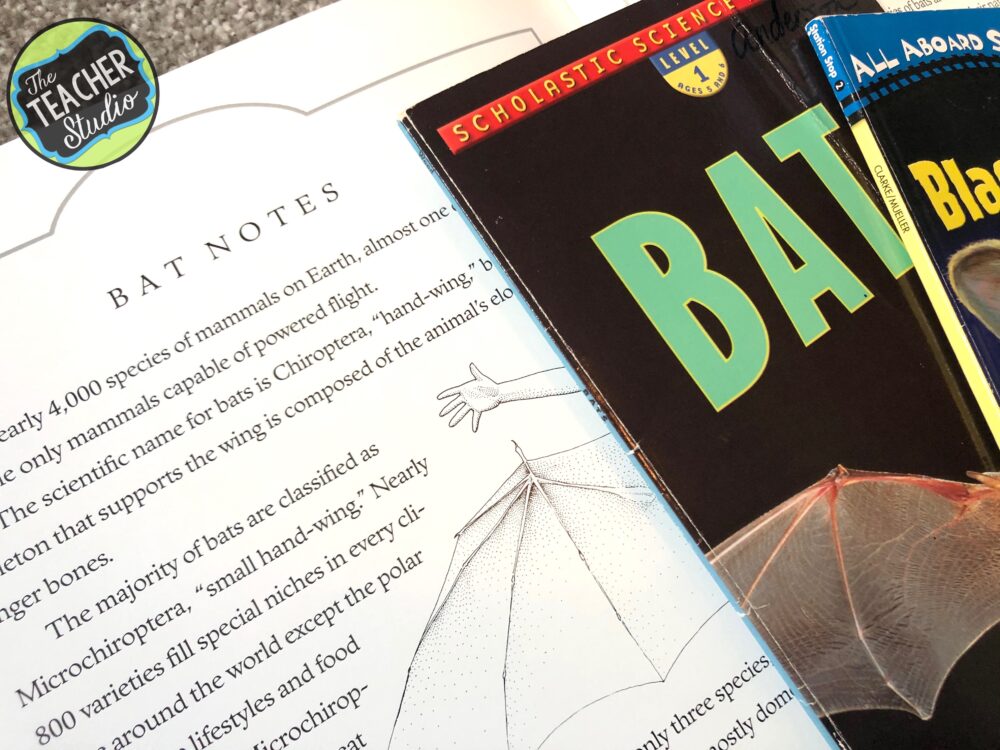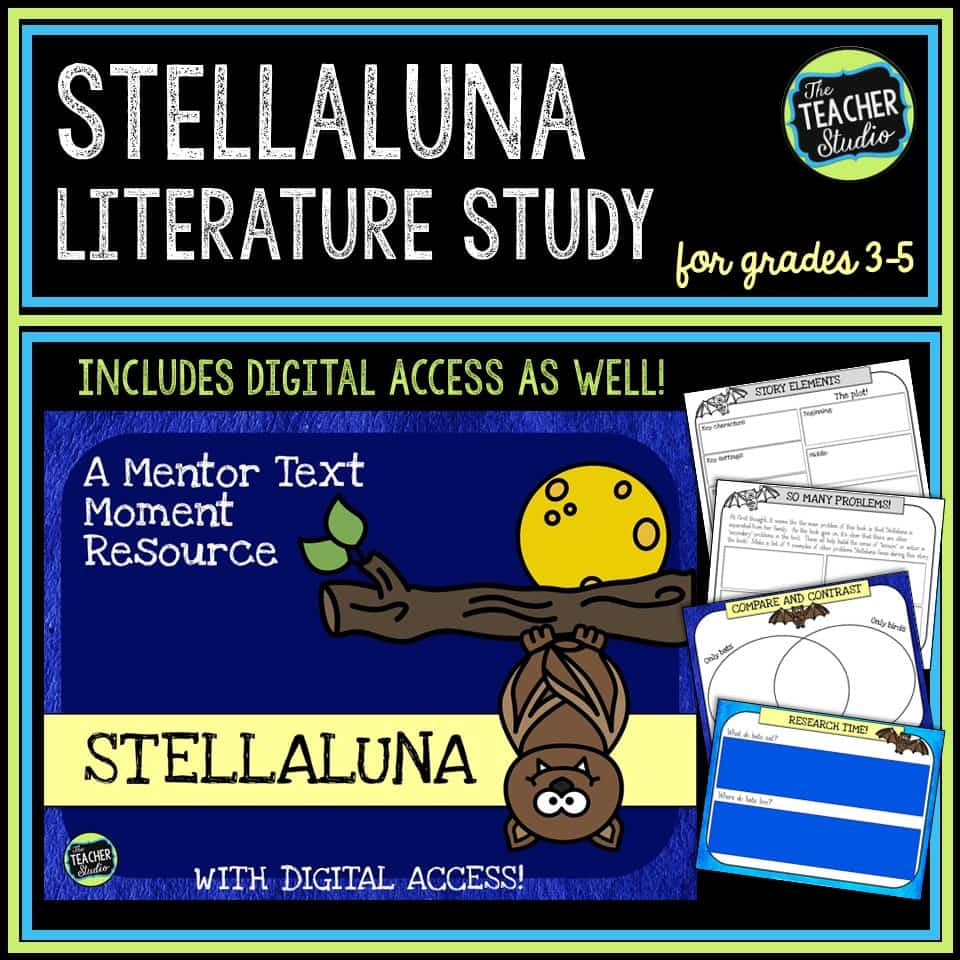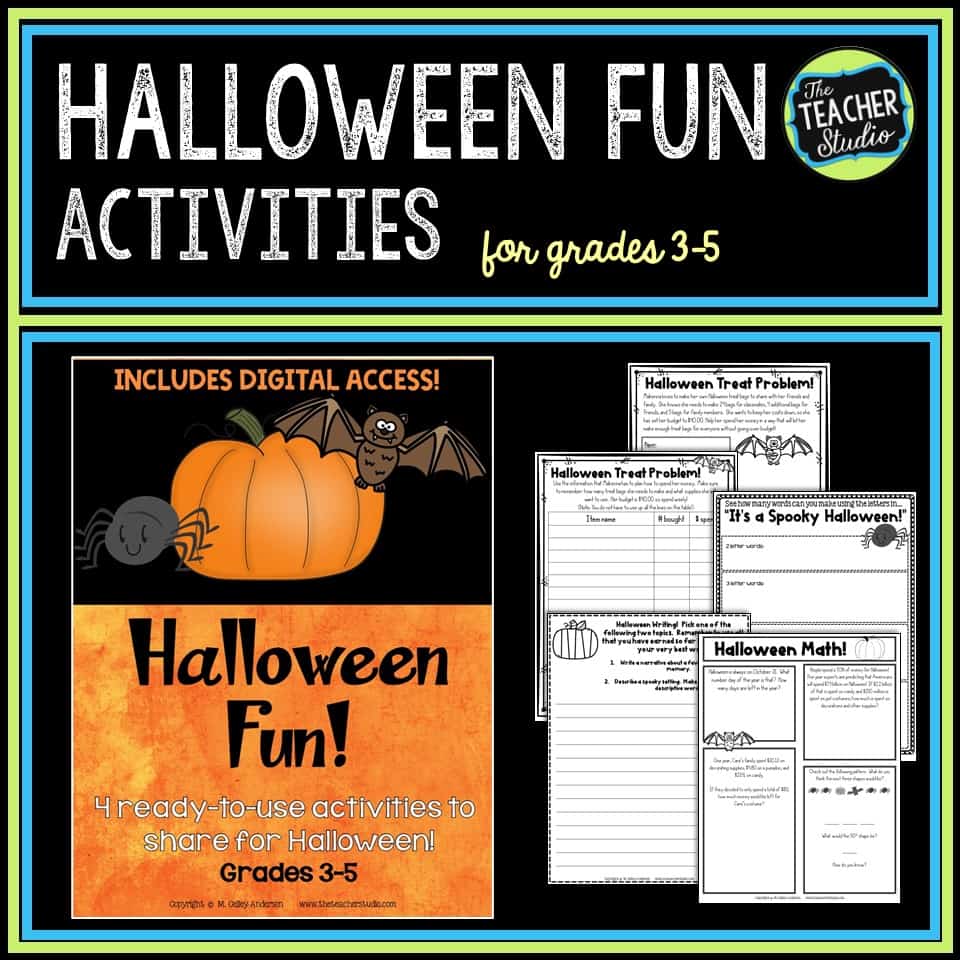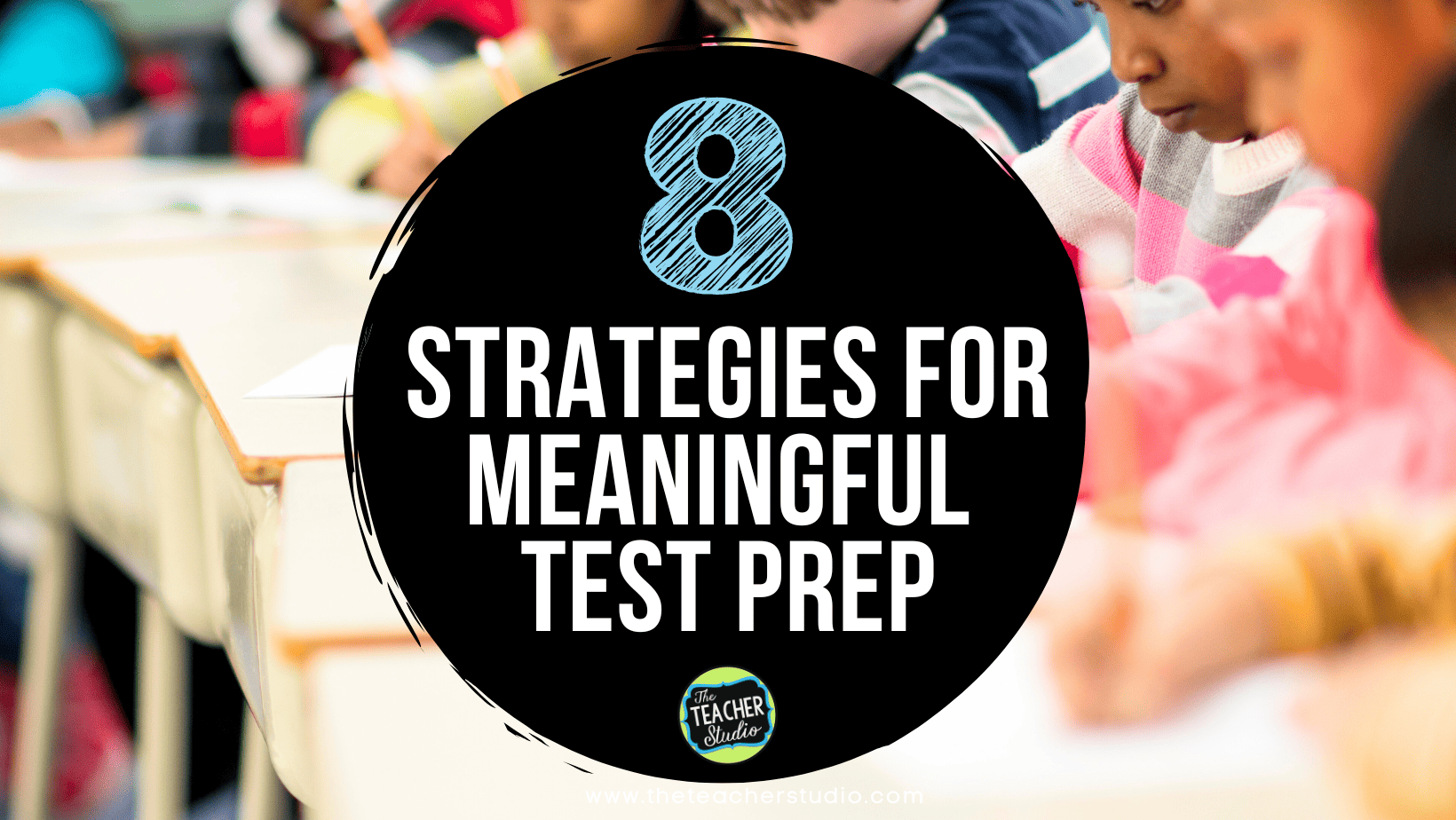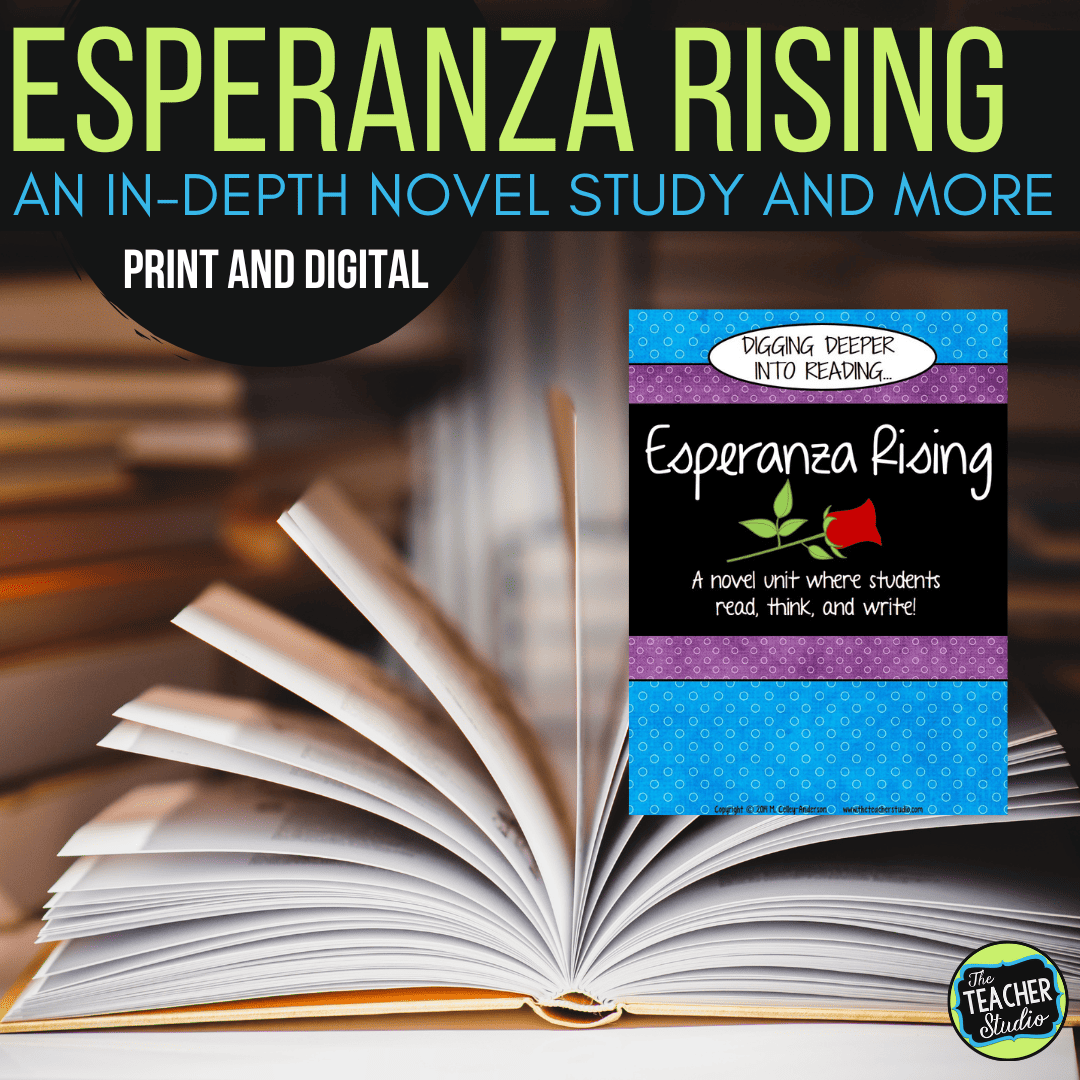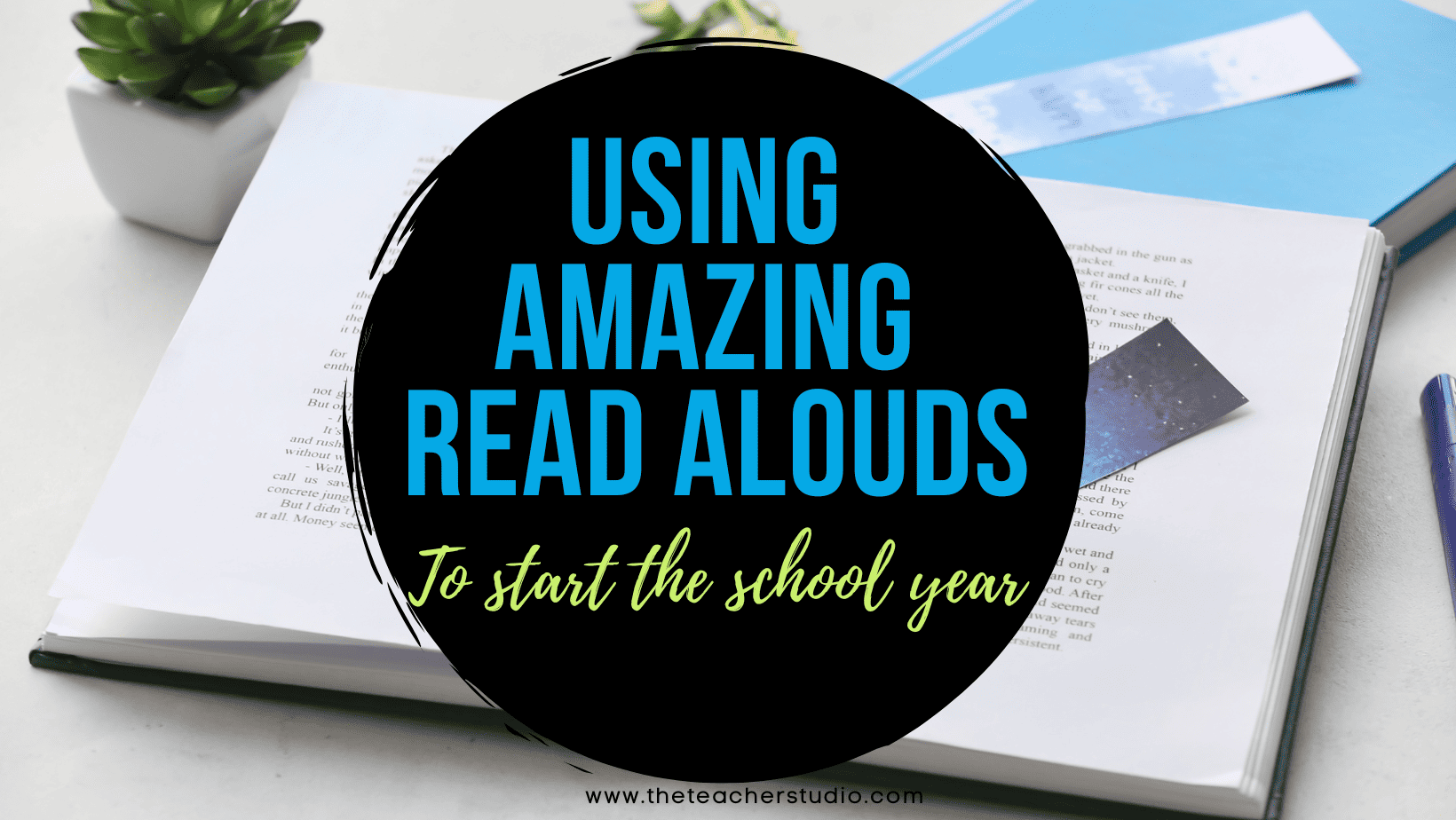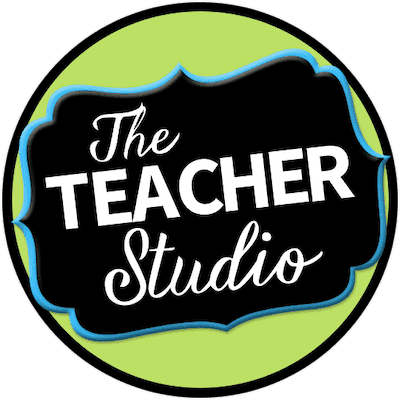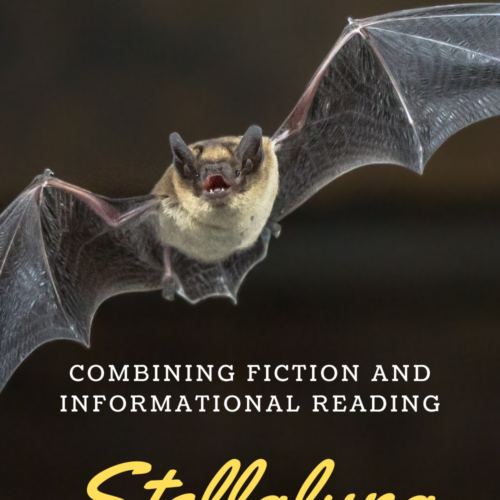
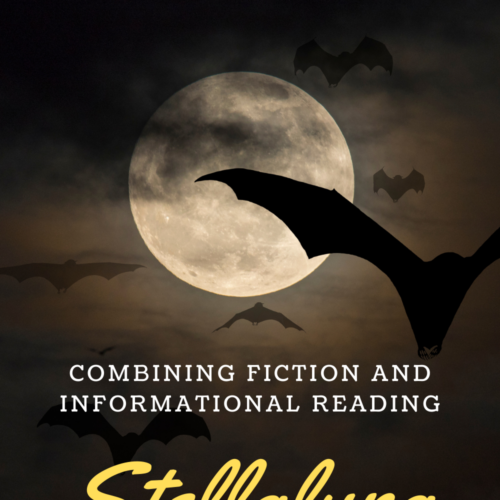
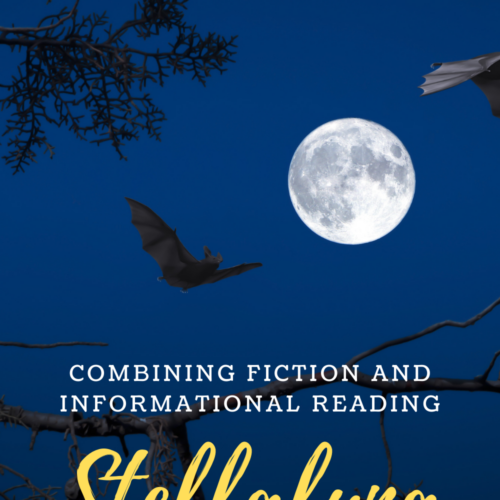
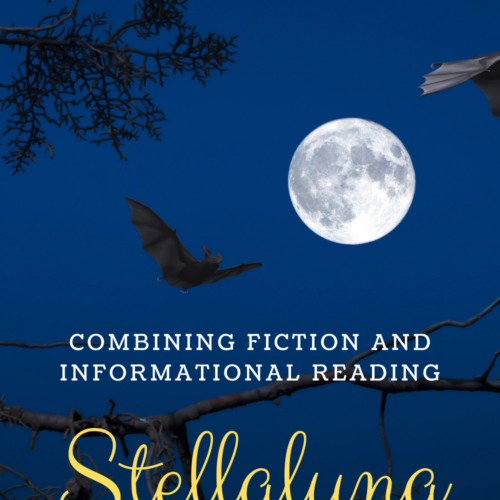
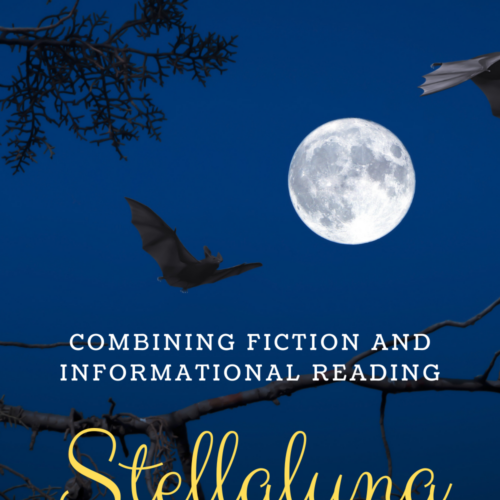
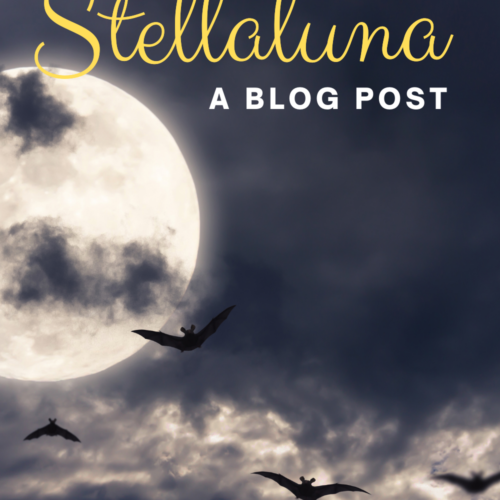
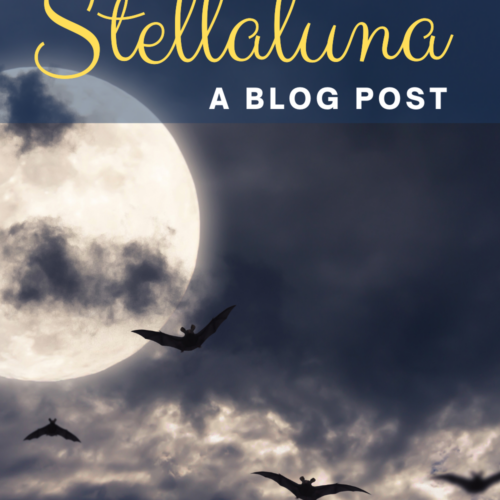
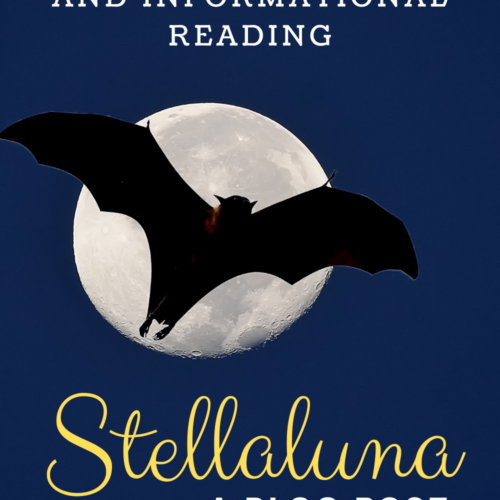
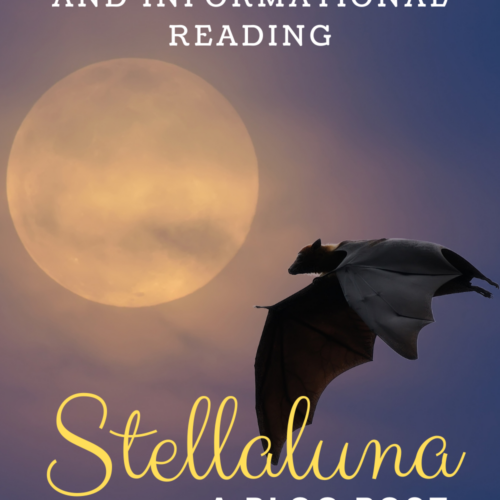
One thing is for certain–teachers do not have enough time to teach every standard, especially the way we truly want to. When possible, we need to “double dip” and create lessons that tackle multiple targets! One way I do that is with a few lessons related to research, informational texts, and the book Stellaluna.
Fiction and Nonfiction Together? Yup!
In the fall, we talk both about narrative structure and informational texts. One way to help students “see” the difference is to read both fiction and informational texts that overlap in content. Helping students see that writers tap into both when they create is eye-opening for some students. We talk about so many things…
- When an author writes a story with a basketball player as the main character, what do they need to do?
- If an author wants to write a historical fiction book set during the Civil War, what do they need to do?
- In order to write a story with a BAT as a main character, what does the writer need to do?
That’s right–RESEARCH! In order to make our writing believable, we need to make sure we create an accurate setting and situation.
This is something I talk about all year, but I like to do a little something related to it in the fall with the book Stellaluna. I tie it to our feature article writing unit where I choose bats as my “watermelon topic”. We work together to narrow it down, talk about “slants”, and eventually craft a quality piece of writing after we do our research.
To complement this, we read Stellaluna and look for ways that the author, Janell Cannon, incorporates REAL bat facts into her story to make it more complete and real. We come up with a pretty good list every year!
The Research Behind the Story of Stellaluna
One really cool feature of Stellaluna is that the author includes a few pages of “Bat Notes” at the end of the book. We have a great discussion about how useful it is for her to do this, and as we read other books throughout the year, I really try to point out any other books that do this in the form of an introduction, prologue, “additional information”, or other text features. So many times students gloss over these valuable tidbits!
So if you are looking for a quick, easy, but powerful lesson–give this one a try! I even have a plan to work with this book digitally this year, so I took my little mentor text moment resource and gave it a total makeover! Now there are even more activities, minilesson options, and it’s all available digitally as well. What a perfect book for this time of year! Click here or the image below if you want to see more.
Want to read a few more posts about informational texts? CLICK HERE to read about a lesson to introduce nonfiction reading. TRY THIS POST to read more about informational texts and text structures!
More Halloween Fun
My district doesn’t really celebrate Halloween with the students, but I know a lot of you do! If you are looking for a little “something” that is fun but not that “Halloween-y” (is that a word?), check out this set of 4 activities. You can use them all in one day or spread them out over a few days to keep students motivated. Nothing scary–but it does use the word “Halloween”. It, too, has been updated to be digital. Included are a writing prompt, a set of Halloween math problems, an open-ended math problem, and a playing with words activity. You can have a little fun while still teaching your learning targets–I promise!
Thanks for stopping by!
(Need a copy of Stellaluna? Here’s my Amazon Affiliate Link just in case!)

